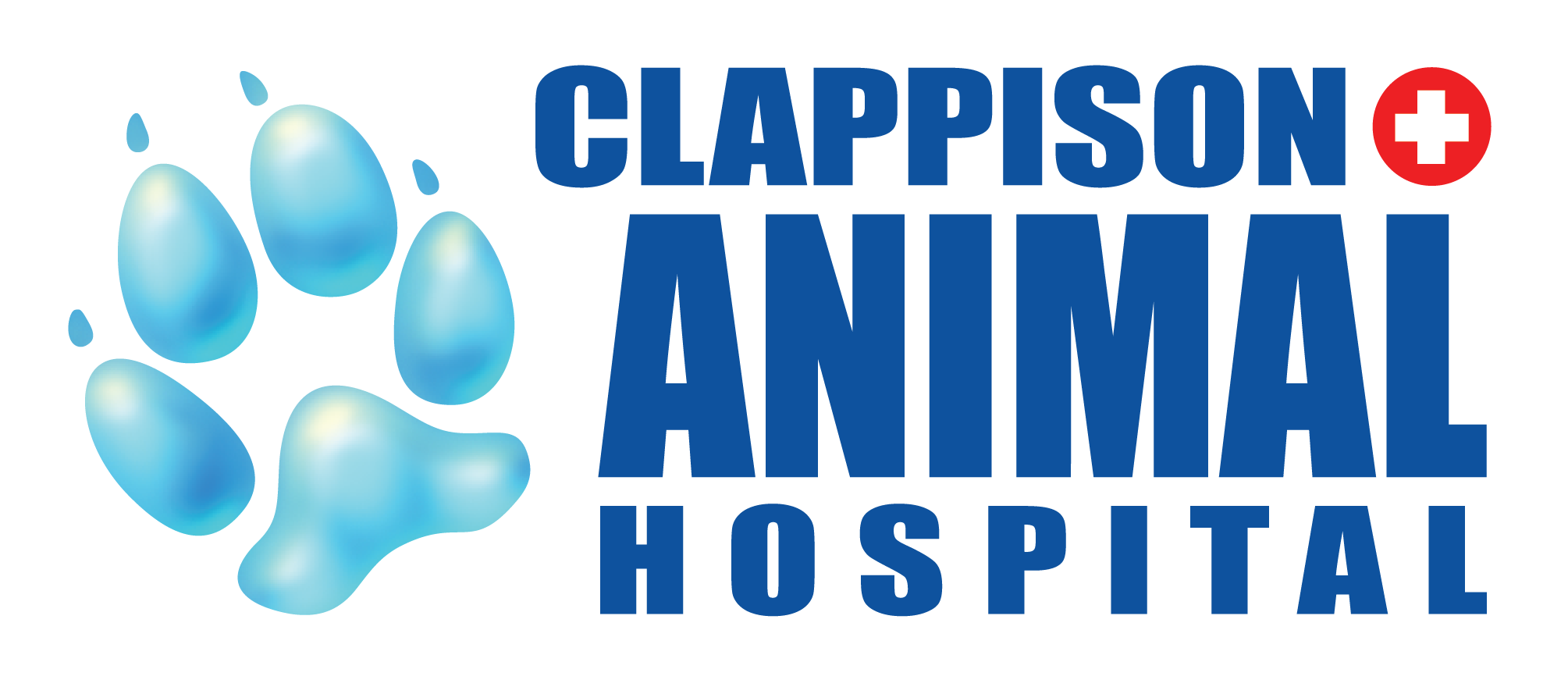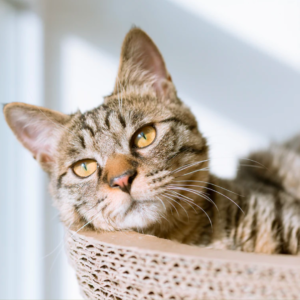Cats have been growing in popularity as pets for many years now; a significant number of these cats are kept indoors, either exclusively or in part. Compared to their ancestral lifestyle, most indoor felines have relatively little stimulation or activity to help them while-away the hours of the day. Not surprisingly we are seeing more and more cats gaining weight, developing type 2 diabetes and driving their owners crazy with behavioural problems; especially inappropriate urination in the house.
If having some outdoor play time is not an option (busy road nearby, fighting with neighbourhood cats, concerns about preying on urban wildlife… or being preyed-upon) then it is important to create activity, security and mental stimulation for your cat indoors. The good news is with a few minor and inexpensive additions to the household, it is not too terribly difficult to achieve.
Simple! Even recycled items, such as cardboard boxes to use for hiding and lounging can go a long way to make a cat feel more content. Providing elevated perches and other locations that allow the cat to ‘survey the land’ from aloft give them a feeling that they have an advantage over all those who meander by. Interestingly, cats feel much more secure so long as they cannot see the other people and animals. Most of their body may be readily evident to others (they are very poor at hide and seek), but their perception tells them they are completely invisible to the world!
Multi-cat households require more effort in order to keep all of the feline occupants in harmony. Cats are not naturally pack animals, preferring to live solitary lives with a stronger attachment to their environment than to each other. Most learn to ‘tolerate’ one another, but these are quite often uneasy and dynamic relationships at best. Having multiples of key resources such as litter boxes, feeding and watering stations, sleeping and hiding spots are essential for keeping the peace.
The American Association of Feline Practitioners has simple and short brochures which can be downloaded in PDF format. The first one on the link-page below is “Your Cat’s Environmental Needs”:
http://www.catvets.com/cat-owners/brochures
Here is another excellent resource to check out. Dr. Buffington’s commitment to the field of environmental enrichment is outstanding:
http://indoorpet.osu.edu/cats/
With a little ingenuity and re-structuring of the household layout, hopefully more of our feline friends can live an active and content life, facilitating less stress-induced disease.
by Dr. Stephen Longridge




